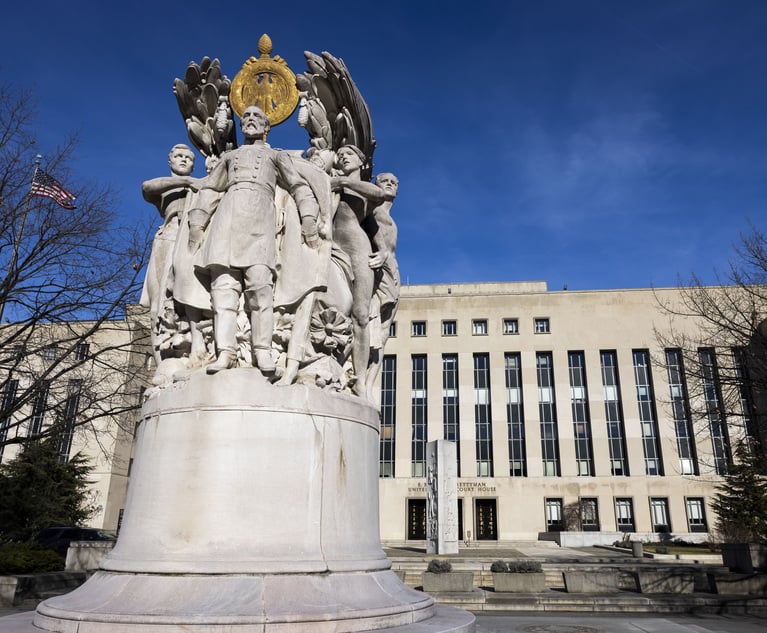Finally, after two false starts, the U.S. News & World Report law school rankings are out, and one clear positive is that the authors have now told us more clearly what counts and for how much. The newest version has some sensible changes, as well as some problematic elements, but the bottom line is that the dramatic shifts in methodology for the overall rankings prove beyond a doubt that the premise of the endeavor—that these are objective measures—is fatally flawed.
Among the 12 categories by which law schools were assigned the 100 maximum points, only one remained the same (acceptance rate at 1%). Peer law school assessment was cut in half (25%-12.5%); combined LSAT and undergraduate GPA went from 20% to 9%; and average expenditures per student (including financial aid), which used to total 10%, are now gone. On the other side, bar passage rate jumped from 18% to 33% and employment figures went from 3% to 25%. Not surprisingly, the new method produced very significant movements, up and down.
This content has been archived. It is available through our partners, LexisNexis® and Bloomberg Law.
To view this content, please continue to their sites.
Not a Lexis Subscriber?
Subscribe Now
Not a Bloomberg Law Subscriber?
Subscribe Now
LexisNexis® and Bloomberg Law are third party online distributors of the broad collection of current and archived versions of ALM's legal news publications. LexisNexis® and Bloomberg Law customers are able to access and use ALM's content, including content from the National Law Journal, The American Lawyer, Legaltech News, The New York Law Journal, and Corporate Counsel, as well as other sources of legal information.
For questions call 1-877-256-2472 or contact us at [email protected]


 Alan
B. Morrison is an associate dean at the George Washington University Law School.
Alan
B. Morrison is an associate dean at the George Washington University Law School.






